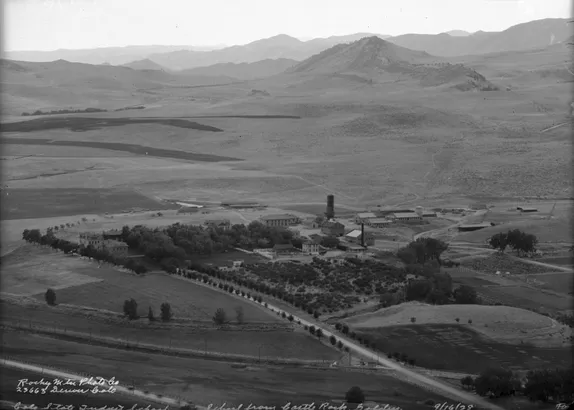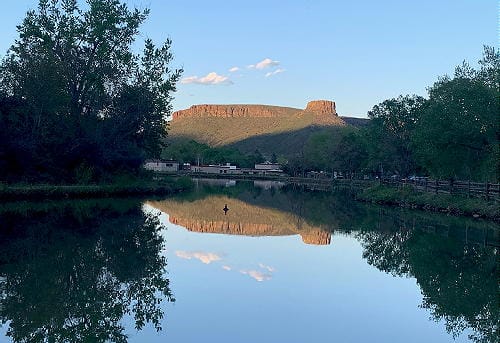
COVID Updates

Colorado Department of Public Health & Environment: All Coloradans 12 and older are eligible to receive the Pfizer vaccine, and all Coloradans 18 and older are eligible to receive the Moderna or Janssen (Johnson & Johnson) vaccine.
Appointments to Get the COVID Vaccine
State of Colorado: Find Out Where You Can Get Vaccinated
Jefferson County Public Health: Vaccine Call Center: 303-239-7000
State Hotline to answer questions, including location of vaccine providers: 1-877-268-2926.
Golden Testing Sites
Mines COVID Testing | Jeffco Fairgrounds COVID Testing
More Public Health References
Sign up for exposure notifications | CDC | Colorado | Jefferson County | City of Golden
JEFFERSON COUNTY RESCINDS THE MASK ORDER – VACCINATED PEOPLE NO LONGER REQUIRED TO WEAR A MASK, UNLESS A BUSINESS REQUIRES IT. Read the full order….
Virtual Events
Online Worship:
Calvary Episcopal Church | Faith Lutheran Church | First United Methodist Church | First Presbyterian Church | Flatirons Community Church | Golden Church of Christ | Golden Presbyterian Church | Hillside Community Church | Jefferson Unitarian Church | Rockland Community Church | St. Joseph Catholic Church
Real World Events
9AM-3PM BGOLDN Plant Sale
No set prices; donations appreciated. All proceeds benefit BGOLDN. St. Joseph Catholic Church, 969 Ulysses St. (map)
10AM Wild West Walking Tour
11AM-2PM Brunch at the Rose
LIVE MUSIC:
2PM Burn in Blue @ Over Yonder
3PM Jewel and the Rough at Wrigley’s
8PM Karaoke Contest at Ace Hi Tavern
Golden History Moment
Inspired by yesterday’s article about Geijsbeek Pottery, Paul Haseman sent me this piece about Herold China and pottery!
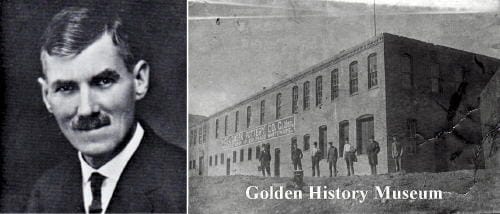
Herold China and Pottery – Some of the Rest of the Story
John Herold, like Adolph Coors, was a German emigrant who had been trained in the fine ceramic business in Germany, and spent some years in Ohio working as the art superintendent for Roseville Pottery, in Zanesville, Ohio. He moved to Colorado in 1903 because of health reasons. He determined that local clay deposits held promise for use in high temperature cookware and began experimenting with local clays in the defunct pottery works of the Geijsbeek Pottery Co., which went bankrupt in 1902. Herold’s Golden Pottery was located north of the railroad tracks on now 8th Street near the entrance to Clear Creek Canyon. He worked as a one-man operation.
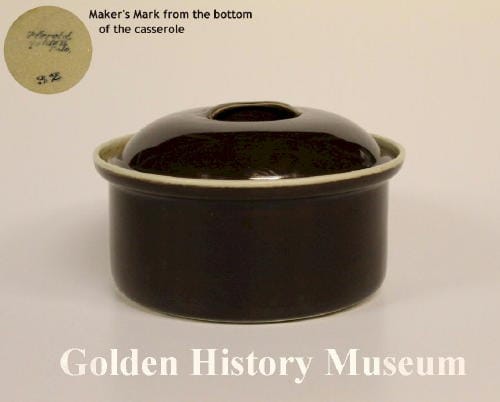
In 1910 Herold displayed his creations at the Denver Keramic Club show at the Brown Palace Hotel in Denver and was awarded prizes for his wares. (William Kostka, Pre-Prohibition of Adolph Coors, p.72). Catching Coors attention, Coors offered Herold rent-free use of a portion of his empty glass works, which had been closed for 20 years after a strike in 1889 (Colorado Transcript 16 June 1910).
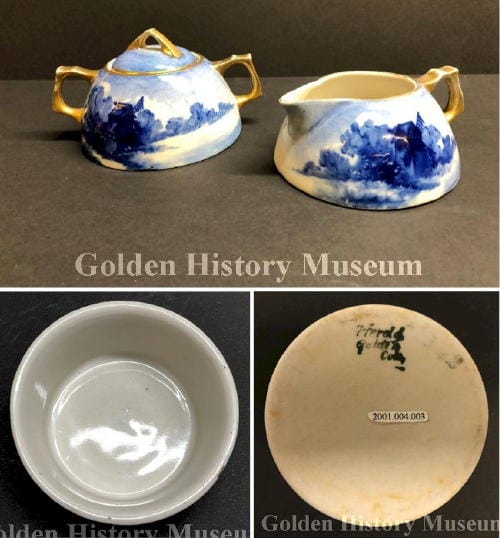
Did Adolph Coors have a finely developed appreciation for art and beautiful china? Perhaps, but more likely in 1910 Coors needed to diversify his business ventures outside his core brewing business. At the time, the Prohibition movement was gaining strength with several Colorado counties going “dry.” By 1914 Colorado was one of the early states to pass state Prohibition effective 1 January 1916, well ahead of national Prohibition 1920 -1930. So, it was not blind luck that led Coors to take notice of fine pottery skills right here in Golden and help John Herold to incorporate the Herold China and Pottery Company in 1910. By 1913, Coors took control of the company.
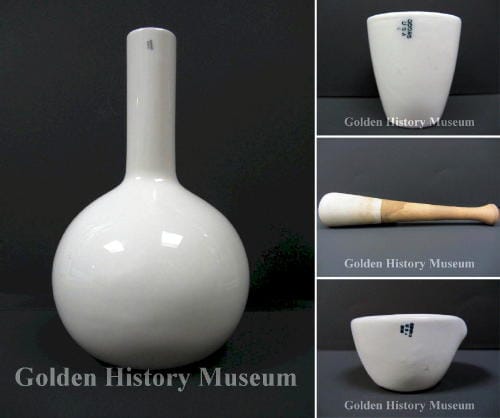
In addition to fine china, Coors also emphasized crucibles and other laboratory supplies, which were tested by the Colorado School of Mines. (Colorado Transcript 8 Feb 1912). This product redirection was helpful to Herold China and Pottery. Prior to WWI scientific laboratories across the U.S. relied on German producers to meet their needs for high purity porcelain “lab ware” such as crucibles. The breakout of war in Europe in 1914 led the U.S. to embargo German goods. U.S. labs were forced to use inferior products then produced by American manufacturers which created serious issues with the quality and reliability of scientific results at this critical time in American history.
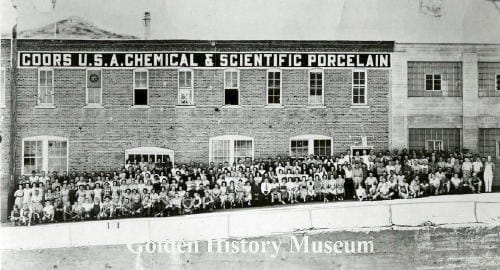
The U.S. Chamber of Commerce appealed to all American pottery manufacturers to develop the technology necessary to manufacture chemical porcelain-ware to meet the demands of the scientific community. While 17 manufacturers responded to the call, only two, Herold China and Pottery and Champion Sparkplug Company were able to meet the specifications. By 1916 Coors was supplying the needs of the U.S. scientific community. The company was renamed Coors China Company in 1915 and Coors Porcelain Company in 1920 and eventually, CoorsTek.
This porcelain operation and other diversifications kept Adolph Coors Company afloat during Prohibition.
Thanks to Paul Haseman for researching and writing this article.

